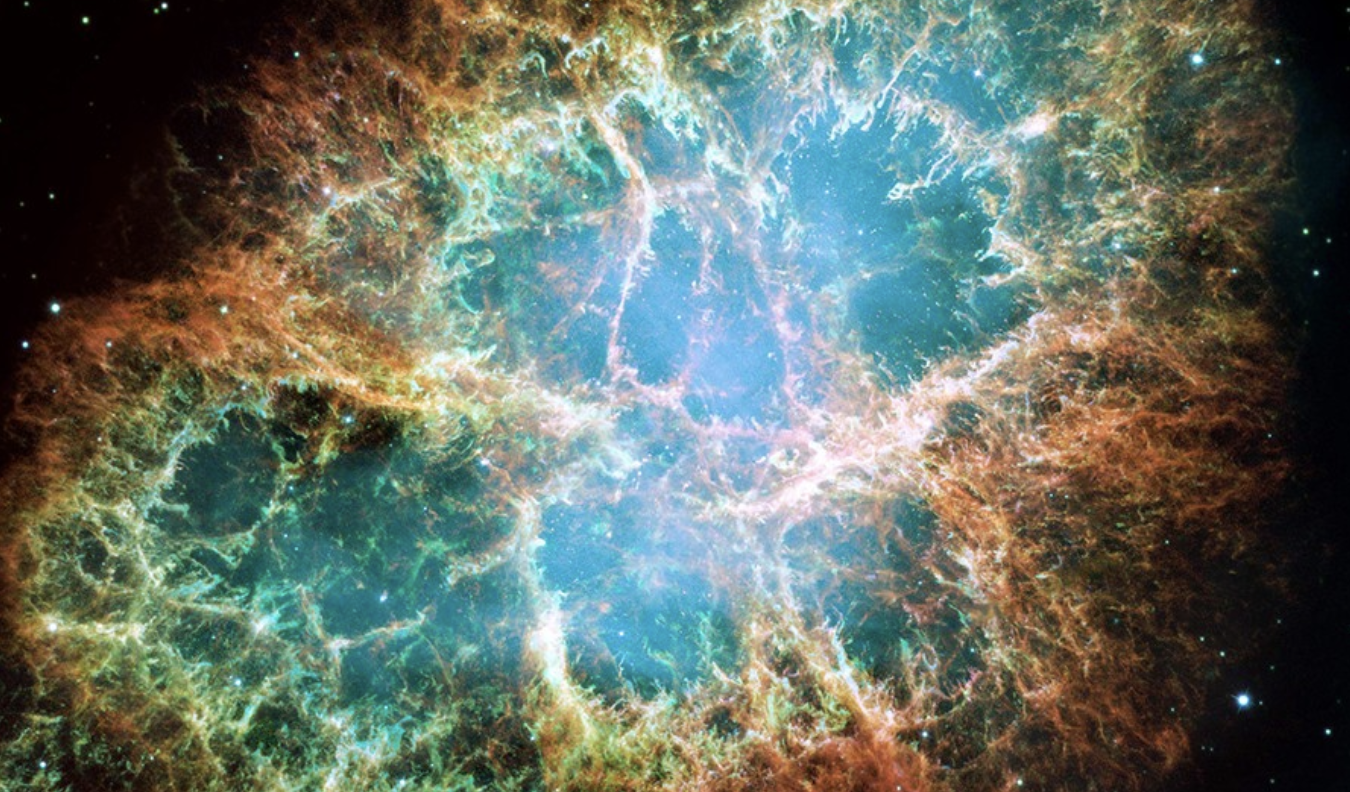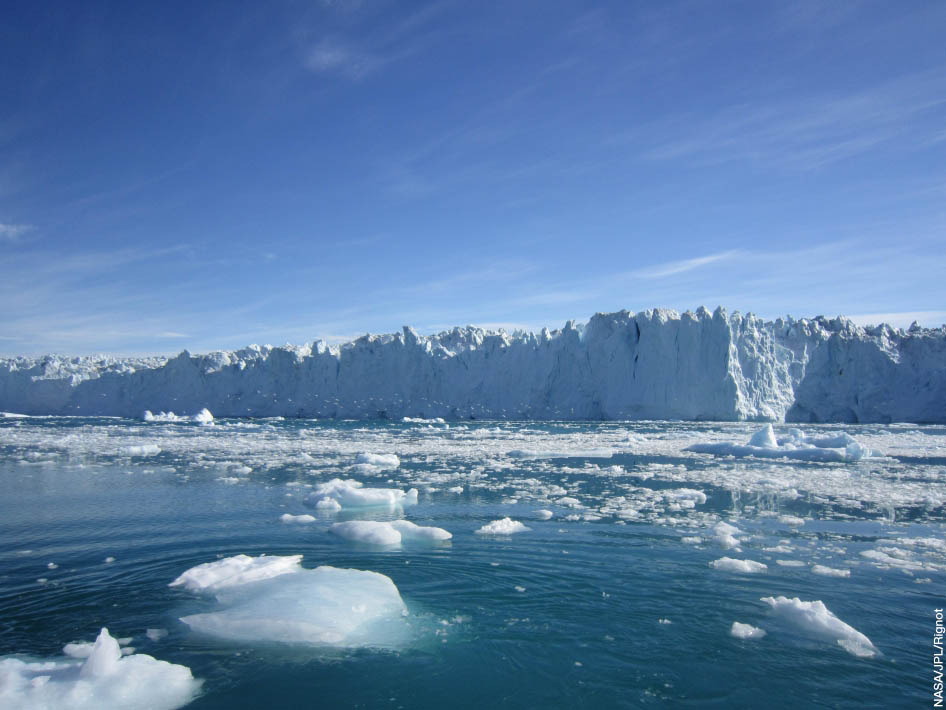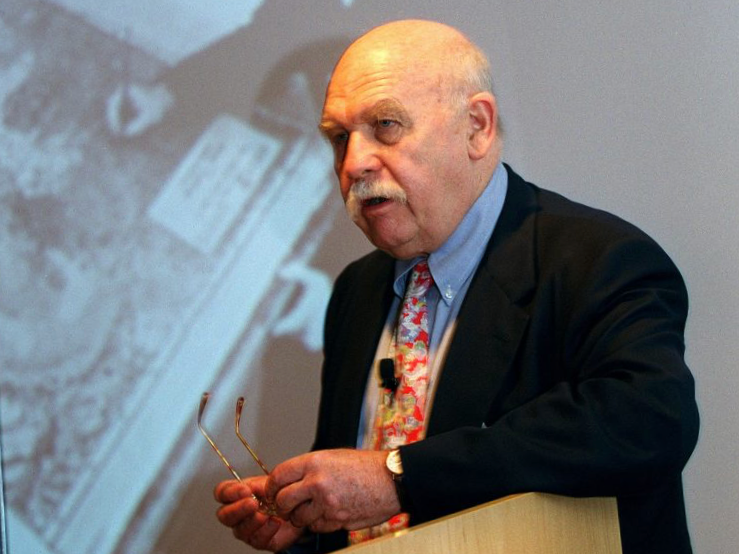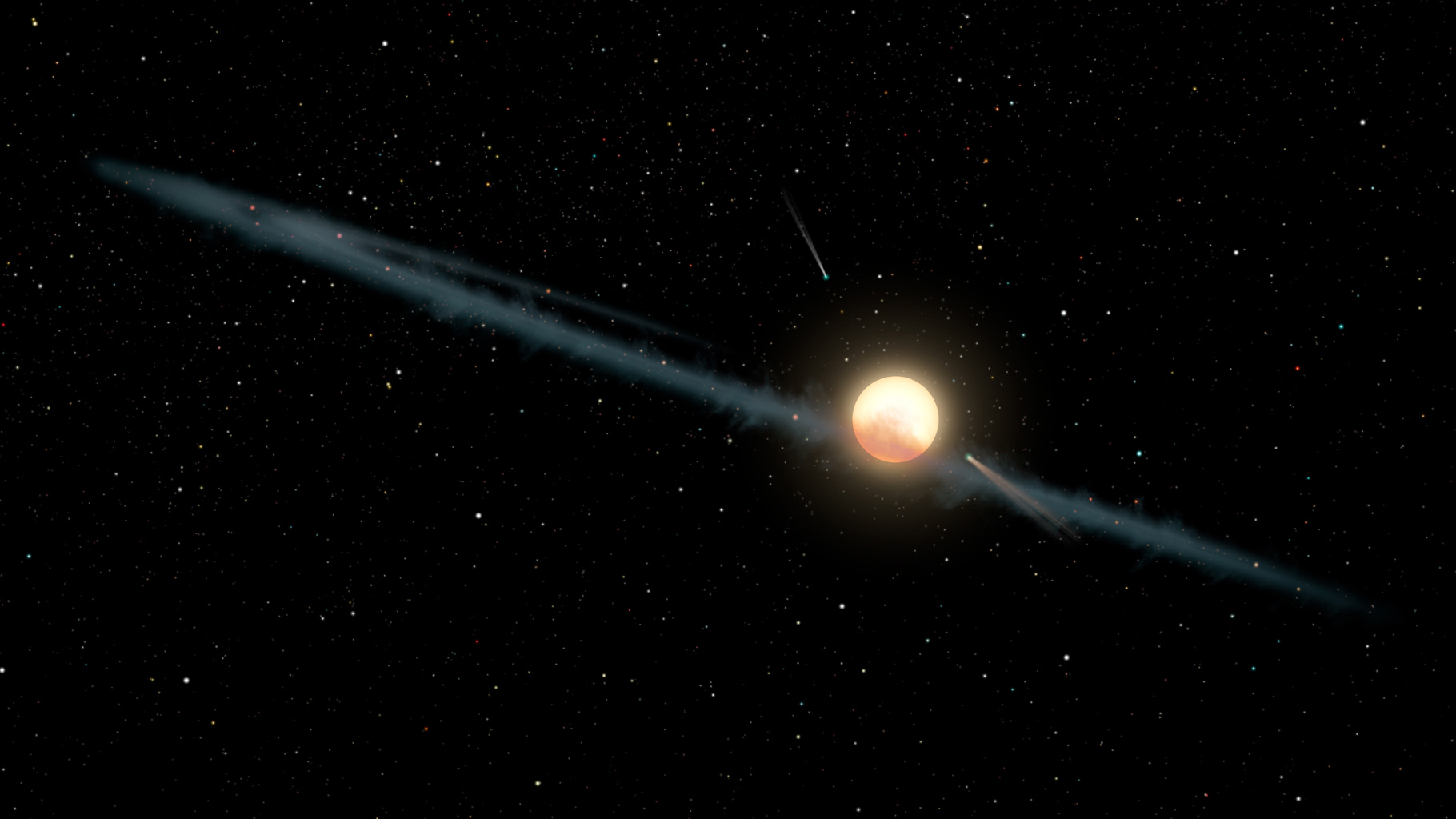November 27, 2019
A New Theory for How Black Holes and Neutron Stars Shine Bright
Columbia researchers suggest radiation that lights the densest objects in our universe is powered by the interplay of turbulence and reconnection of super-strong magnetic fields.
November 14, 2019
Linda Sohl Reconstructs Climate Models to Help the Search for Alien Life
Sohl, an earth system scientist at Columbia University’s Center for Climate Systems Research and the NASA Goddard Institute for Space Studies, studies Earth’s climate past, so that we can better predict its future.
October 8, 2019
Columbia Team Receives $2M for Quantum Research Aimed at Stabilizing Atomic Excitation
The research team will execute a project aimed at extending the excited state lifetime of atoms, allowing for new technological innovation and advancing the field of quantum science.
October 2, 2019
Walter Pitman: Discovered a Key to Plate Tectonics
Walter Pitman, a seagoing geophysicist who spent his entire career at Columbia University and spotted a crucial piece of a huge puzzle that revolutionized the earth sciences, has died.
September 16, 2019
Tabby’s Star: Exomoon’s Slow Annihilation Could Explain the Dimming of the Most Mysterious Star in the Universe
Chunks of an exomoon’s dusty outer layers of ice, gas, and carbonaceous rock may be accumulating in a disk surrounding Tabby’s Star, blocking the star’s light and making it appear to gradually fade.





